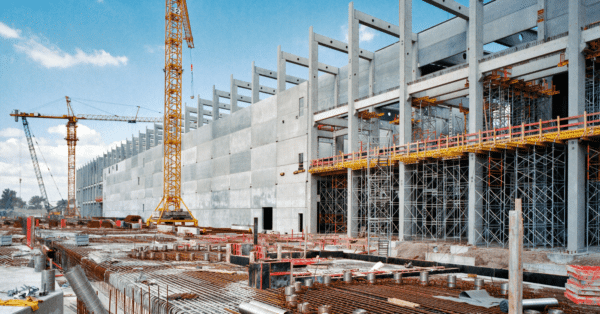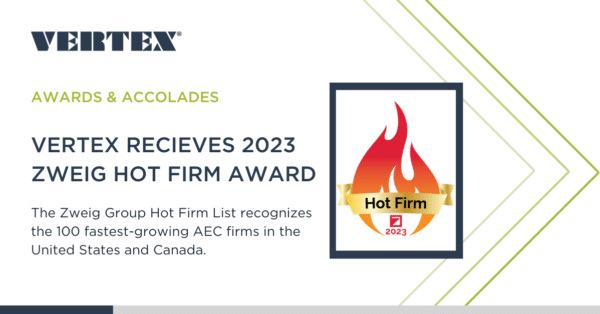In part two of this series, we examined the hidden risks of wood-framed balconies, decks, and other elevated exterior elements (EEEs), and looked at new codes, standards, and legislation enacted to address the issue. In this article, we will explore the pros and cons associated with various options for evaluating existing balconies and similar elements.
Who is qualified to perform a balcony inspection?
This is a very important question that legislators are still fleshing out, but there does seem to be some consensus in the industry.
One criteria that everyone seems to agree on is that balconies and other EEEs need to be evaluated by an objective third party. It is quite common for property management staff to conduct a whole range of inspections of properties, but the risks with wood-framed exterior elements are so great, that this is definitely a situation where you don’t want the proverbial fox watching the henhouse.
Secondly, it is essential that the inspector have the requisite qualifications and experience to ensure an accurate evaluation. A licensed structural engineer or an architect or a certified building inspector should know what to look for, if (and it’s a big if) they have enough hands-on experience in the industry to do so. The truth is, however, that very few do. By contrast, VERTEX’s inspectors not only carry the appropriate licensure and/or certification, all have a minimum of 15 years of practical experience in the field, allowing them to most accurately and effectively identify signs of pending failure.
What constitutes a proper inspection?
This seemingly innocuous question is quite contentious. Some organizations that are actively campaigning against the pending legislation argue that a termite inspection, for instance, is adequate for identifying potential deck failures.
Here’s the problem: While some severe distress might be readily visible, there are many more factors at play that cannot be seen. Due to the way many balcony decks, elevated walkways, stair landings, and similar elements are constructed, critical structural connections are often concealed by other components, such as stucco. Moreover, the stucco assembly itself can trap water within the system, preventing visible identification and exacerbating the damage to the enclosed wood framing components.
Therefore, it is essential that concealed framing members be inspected to truly evaluate structural integrity. An exterior visual inspection is simply not enough.
Where should the inspection take place?
If the project only has one or two elevated exterior elements, then obviously 100% inspection is called for. But what happens when the project has hundreds of units with myriad balconies and other elements that need to be evaluated?
In that case, we recommend starting with a representative sampling. How many units need to be inspected for a sample size to be considered statistically relevant? That’s a topic that gets debated frequently in the forensic world, but in general, we believe that 10-20% (depending on the size of the project) is a good start. The key, however, is to make sure that the samples are chosen truly at random, and that the topside, underside, and concealed cavities of each location are thoroughly inspected.
When should balconies be inspected?
If you think there might be an issue involving balcony decks or other elevated elements, then, by all means, go with your intuition and pursue it. Our experience has been that when someone calls us with a concern over a balcony, it is usually something that has literally kept them up at night worrying over. Don’t let it get to that point.
On the other hand, what if—as is more often the case—there is no visible evidence of damage? Why spend money inspecting something that has no obvious signs of distress?
As we mentioned in part two, decks on the verge of failure might look perfectly fine on the outside. Without inspecting the concealed framing components, a psychic might do a better job of evaluating a stucco-covered balcony or elevated walkway.
If the proposed legislation goes through, all residential projects with elevated exterior elements containing at least three units must be inspected within five years of bill passage, with reinspection required every six years thereafter. The good news is that the pending legislation before the State of California grants an exemption to the initial inspection requirement, so long as a qualifying inspection was performed within three years prior to January 1, 2018.
Why is this such a big deal in the first place?
According to an ongoing study of balcony failures by the Consumer Product Safety Commission (CPSC) that began in 2003, over 224,000 people were injured across the country during a five-year period. Of those injuries, 33,000 were directly attributable to structural failure or collapse.
In analyzing this data, CPSC found that many of the injuries could have been prevented by a proper deck inspection performed by a qualified professional. Unfortunately, despite increased awareness of the risks associated with EEEs, the situation is actually getting worse. In fact, a study by Morse Technologies in 2007 reported that balcony and deck collapses are increasing at a rate of 21% annually.
The longer that property owners/managers wait to conduct inspections and make repairs, the more opportunities exist for further damage to take place. More damage means more potential for failure and a much bigger cost of repair—not to mention the risk to human lives. No one wants their property to be the next catastrophic failure to make the headlines.
How can balcony inspections be done most cost-effectively?
We have already established that visually inspecting exposed portions of a balcony deck or other elevated exterior element is grossly inadequate for accurately evaluating structural integrity. In the forensic world, when we encounter such a situation, the typical solution is to perform destructive testing (DT). What’s that, you ask?
On a balcony, if we wanted to investigate the condition of concealed critical structural components, typically we would inspect them from the underside of the balcony. A licensed general contractor with relevant experience will first mask off the adjoining areas, before chipping and/or cutting stucco from the soffit, or underside of the balcony. Enough stucco must be removed to facilitate the inspection, which means accessing areas where the balcony connects to the rest of the building, as well as below the guardrail. Once the inspection is complete, the contractor must properly waterproof and then patch the cuts that were made. The patching cannot be completed in the same day as the inspection, thus requiring follow-up visits by the contractor.
If this sounds expensive, that’s because it is. Such a DT scenario as described above could mean costs easily exceeding $5,000 per location. That’s just for the contractor, not including the inspection itself.
By utilizing VERTEX’s proprietary approach to inspections (powered by InSpec®), our inspectors can visually inspect the critical structural components, even when covered by multiple layers of stucco and waterproofing. Even better, we can gain access to concealed areas, conduct the inspection, and close any openings all on the same visit.
That means that VERTEX can inspect a representative sampling at multiple locations on a project in less time, at a lower cost, than it would take for destructive testing at a single location.
How can VERTEX help?
VERTEX’s Balcony Assurance program builds on decades of combined experience solving similar issues on thousands of balconies designed and constructed in every imaginable way. As time goes on, we will collect case studies and share them with you.
To learn more about VERTEX’s Balcony Assurance service or to speak with a Construction Expert, call 888.298.5162 or submit an inquiry.
This article was originally published by Xpera Group which is now part of The Vertex Companies, LLC.








